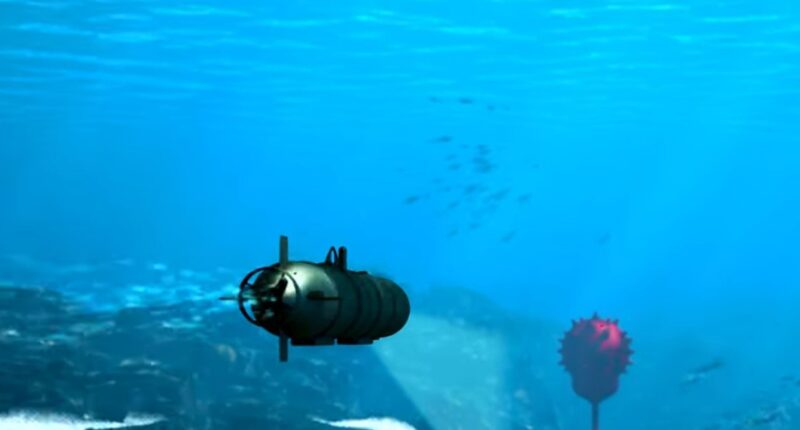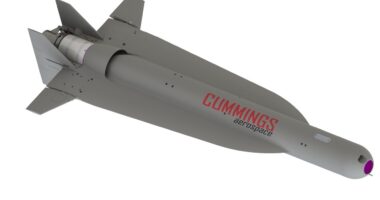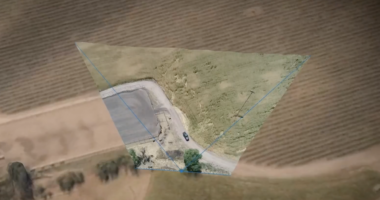American defense giant Leidos has pulled the wraps off its latest uncrewed underwater vehicle (UUV), the “Sea Dart,” a highly adaptable platform designed to deliver big capability at a fraction of the typical cost.
With a starting price around $150,000, the Sea Dart comes in at “up to 80 to 90 percent less” than comparable small UUVs, according to Jason Weed, undersea subject matter expert with Leidos’ Maritime Systems Division.
Leidos credits the price point to its use of commercial-off-the-shelf technologies, slashing development and production costs while speeding delivery timelines.
Built around an open architecture, the Sea Dart is engineered for rapid customization and seamless integration with other systems — a flexibility that positions it for a range of missions, from mine countermeasures and underwater surveys to infrastructure monitoring, battlespace prep, and environmental sensing.

“It offers the flexibility to fully customize customer payloads while staying true to our core commitment to keeping production costs significantly lower than other models,” said Dave Lewis, the company’s senior VP of Sea Systems.
Three Versions
The Sea Dart is available in two variants — six inches (15 centimeters) and nine inches (22 centimeters) in diameter — both designed to be easily transportable by one or two people.
The company is also considering producing a larger 12.75-inch (32-centimeter) version.
According to Leidos, the payload-agnostic UUV can travel up to 900 meters (2,952 feet) at a top speed of 12 knots (22 kilometers/13 miles per hour).
It can also extend its battery life for up to 19 hours.
Additionally, the Sea Dart is compatible with the US Navy’s underwater vehicle software architecture, enabling efficient interoperability with a wide range of naval systems.
The two current variants were developed and tested within a year, joining Leidos’ portfolio of uncrewed vessels, including the Sea Hunter, Ranger, Mariner, and Sea Hawk.









